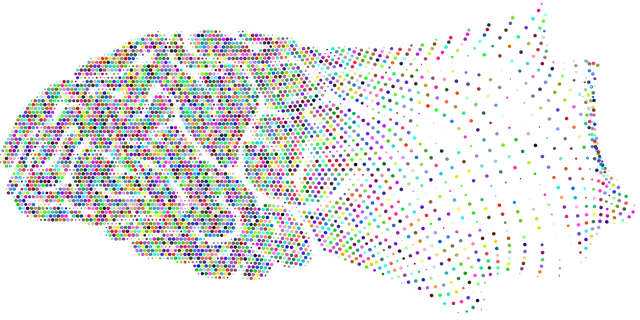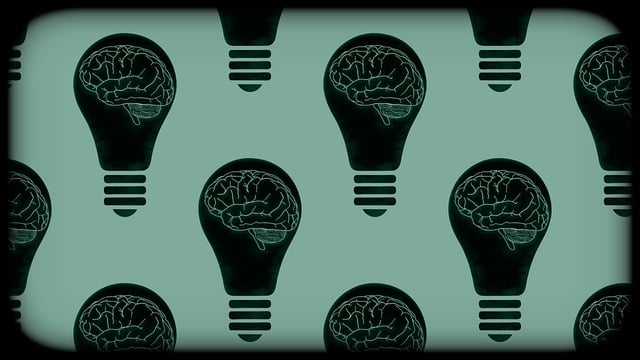Adolescent therapy presents unique challenges, but Eye Movement Desensitization and Reprocessing (EMDR) therapy offers a powerful tool for treating teen PTSD by addressing trauma. Integrating EMDR into risk management strategies enhances Risk Assessment and Mind Over Matter Principles, making it a game-changer in mitigating risks for vulnerable adolescents. Comprehensive resilience plans should include self-care routines, compassion cultivation, stress reduction methods, tailored crisis handling, de-escalation protocols, regular trauma-informed care training, and open team communication to prevent burnout and moral distress. These proactive measures significantly improve the quality of Therapy for Adolescent Teens EMDR.
Mental health professionals face unique challenges when supporting adolescent clients. This article explores essential risk management planning strategies tailored to the specific needs of therapists working with teens, focusing on integrating Eye Movement Desensitization and Reprocessing (EMDR) techniques. We delve into understanding the unique risks in adolescent therapy, creating comprehensive resilience plans, and effectively employing EMDR as a powerful tool for mitigating potential hazards. By implementing these strategies, professionals can foster safer environments, enhance client outcomes, and promote resilience in teen therapy.
- Understanding the Unique Risks in Adolescent Therapy
- Integrating EMDR into Risk Management Strategies
- Creating a Comprehensive Plan for Resilience and Safety
Understanding the Unique Risks in Adolescent Therapy

Adolescent therapy presents a unique set of risks and challenges distinct from adult populations. Teens often struggle with issues related to identity formation, peer pressure, academic pressures, and family dynamics, which can significantly impact their mental well-being. As mental health professionals, understanding these adolescent-specific concerns is paramount. For instance, Eye Movement Desensitization and Reprocessing (EMDR) therapy has shown promise in treating post-traumatic stress disorder (PTSD) among teens, addressing the unique way they process trauma and stress.
Community outreach programs and social skills training can further mitigate risks by providing additional support systems. Moreover, burnout prevention strategies for healthcare providers are crucial given the intense emotional demands of adolescent therapy. By integrating these approaches, mental health professionals can enhance their care, fostering healthier development in teen clients.
Integrating EMDR into Risk Management Strategies

Integrating EMDR (Eye Movement Desensitization and Reprocessing) into risk management strategies offers a powerful tool for mental health professionals, especially when treating adolescent teens. This innovative therapy for adolescent teens leverages the mind’s natural healing processes to address traumatic memories and emotional distress. By incorporating EMDR techniques, practitioners can enhance their ability to conduct thorough Risk Assessment for Mental Health Professionals, identifying potential risks and implementing preventative measures.
The integration of EMDR aligns seamlessly with Mind Over Matter Principles, fostering a patient-centered approach that empowers individuals to manage their mental health proactively. This not only strengthens the effectiveness of treatment but also contributes to more robust risk management planning for mental health professionals. With its ability to process and resolve past traumatic experiences, EMDR becomes a game-changer in mitigating risks associated with vulnerable populations like adolescent teens.
Creating a Comprehensive Plan for Resilience and Safety

In the dynamic field of mental health care, particularly when focusing on Therapy for Adolescent Teens EMDR, risk management planning is not just an option—it’s a necessity. A comprehensive plan designed for resilience and safety should encompass various strategies to mitigate potential risks while fostering a supportive environment. This involves integrating Self-Care Routine Development for Better Mental Health as a foundational element. By prioritizing their own well-being through evidence-based practices like Compassion Cultivation and Stress Reduction Methods, mental health professionals can enhance their ability to provide effective care.
The plan should include tailored strategies for handling crisis situations, ensuring clear protocols for de-escalation and intervention. Regular training in trauma-informed care and emotional regulation techniques is essential. Additionally, fostering open communication channels among team members allows for early identification of concerns, be it burnout, moral distress, or challenges specific to treating adolescent teens with EMDR. Such proactive measures contribute to a resilient practice, ultimately reflecting positively on the quality of care provided.
Mental health professionals working with adolescent teens face unique risks, from intense emotions to potential re-traumatization. Integrating Evidence-Based Practices like EMDR into comprehensive risk management plans is essential for fostering resilience and ensuring safety in therapy. By understanding the specific challenges of adolescent therapy and tailoring strategies accordingly, professionals can create a supportive environment that promotes healing and growth. This approach not only mitigates risks but also enhances the effectiveness of EMDR interventions for this vulnerable population.














